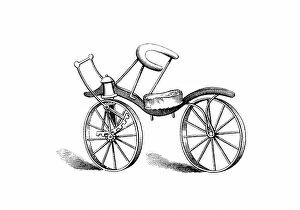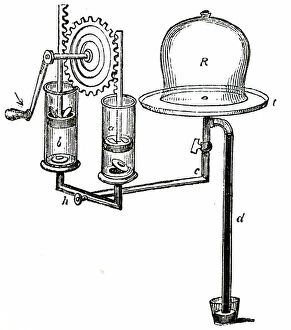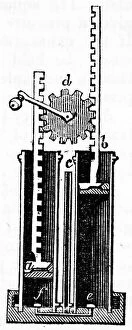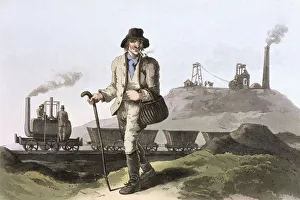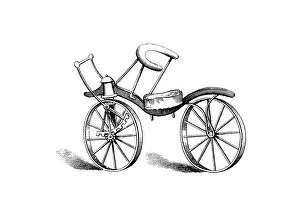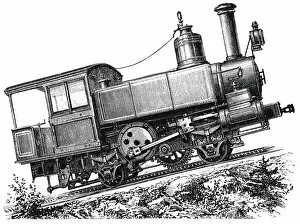Rack And Pinion Collection
From the steep slopes of the Gornergrat in Switzerland to the coal mines of West Yorkshire
All Professionally Made to Order for Quick Shipping
From the steep slopes of the Gornergrat in Switzerland to the coal mines of West Yorkshire, rack and pinion systems have revolutionized transportation and industry since the early 19th century. This innovative technology, which combines a toothed rack with a meshed pinion, was first used in the pipe tile machine of 1844 and later adapted for steam locomotives like Blenkinsop's toothed rack locomotive in 1814. Lewis Gompertz even improved upon it for his bicycle design in 1821. By the late 1800s, mountain railways and even the Swiss rack-and-pinion railway adopted this efficient means of transmitting power and overcoming steep inclines. The Pitman, depicted in George Walker's Costume of Yorkshire, would have marveled at the progress made possible by this simple yet effective mechanism.


